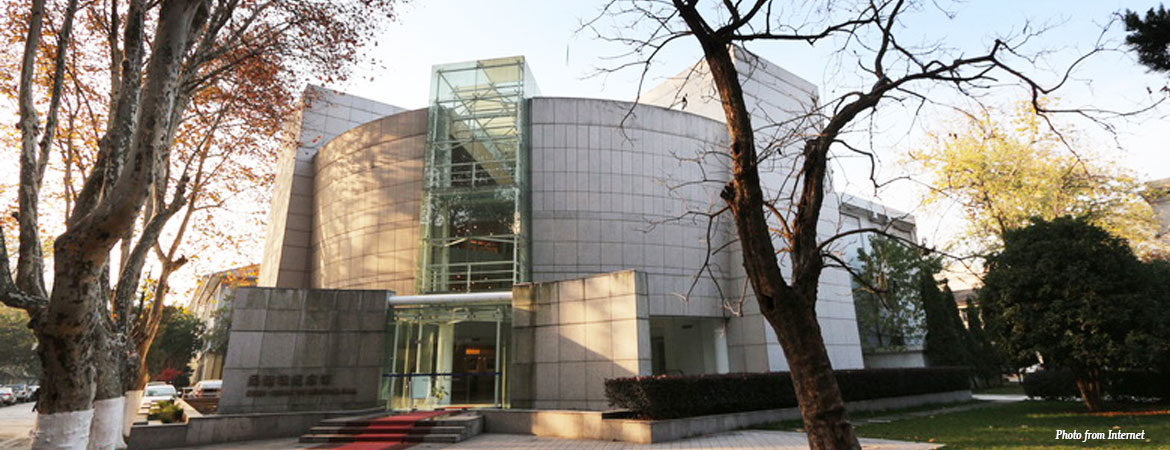Chien-Shiung Wu Memorial Hall
Chien-Shiung Wu ( May 31, 1912 – February 16, 1997) was a Chinese American physicist with expertise in the techniques of experimental physics and radioactivity. She worked on the Manhattan Project, helping to develop the process for separating uranium metal into the U-235 and U-238 isotopes by gaseous diffusion. Wu later performed the Wu Experiment, which contradicted the "Law of Conservation of Parity" and which confirmed the theories of her colleagues. Her honorary nicknames include the "First Lady of Physics", the "Chinese Marie Curie", and "Madame Wu".
Wu was born in Shanghai in 1912. Her ancestral hometown is Taicang in Jiangsu province. She was raised in Liuhe, a small town in Taicang about 40 miles from Shanghai. Her father, Wu Zhongyi (吴仲裔), was a proponent of gender equality, and he founded the Mingde Women's Vocational Continuing School. Wu left her hometown at the age of 11 to go to the Suzhou Women's Normal School No. 2.
In 1929 Wu was admitted to the National Central University which later became the Nanjing University in mainland China. According to the governmental regulations of the time, "normal school" (teacher-training college) students wanting to move on to the universities needed to serve as schoolteachers for one year. Hence, in 1929 Wu went to teach in the Public School of China (中国公学), which had been founded by Hu Shi in Shanghai.
From 1930 to 1934, Wu studied in the Physics Department of the National Central University. For two years after graduation, she did graduate-level study in physics and also worked as an assistant at the Zhejiang University. After this, Wu became a researcher at the Institute of Physics of the Academia Sinica.

